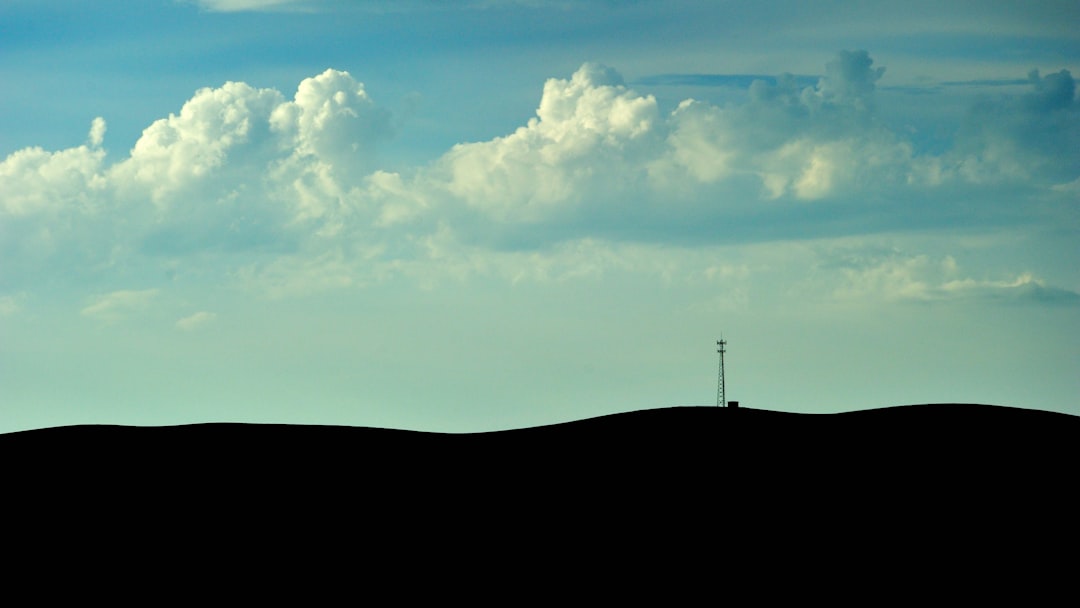What is it about?
Cholera is an acute diarrheal infection caused by the ingestion of food or water contaminated with the bacterium Vibrio cholerae. Having caused seven world pandemics, cholera is endemic in several countries and outbreaks may also occur under catastrophic or war situations. When V. cholerae reaches the small intestine, two integral membrane proteins, ToxR and TcpP, bind to the bacterium DNA at the toxT promoter region. This triggers a regulatory cascade resulting in the secretion of cholera toxin and the production of other virulence-related proteins. This study provides a number of X-ray crystallography structures of ToxR complexed with different DNA sequences of the toxT and ompU promoters. Based on these structures, the authors propose a model for RNA polymerase recruitment to the membrane by ToxR and the transcription activation of genes conferring virulence to V. cholerae.
Featured Image

Photo by Jonas Allert on Unsplash
Why is it important?
Although eradicated in a large number of developed countries, cholera continues to be a threat to public health in countries with poor sanitary conditions and an indicator of inequality and lack of social development. The increase in cases worldwide has grown in recent years, becoming more numerous, more widespread, and more serious due, in large part, to climate change, which causes floods, droughts and massive migration. Armed conflicts and natural catastrophes also limit drinking water and facilitate the spread of infection. The integrated model for ToxR-mediated virulence regulation proposed in this study provides crucial insights into specific molecular mechanisms causing cholera, and hence information to guide the design of potential new tools to treat the disease.
Read the Original
This page is a summary of: ToxR activates the
Vibrio cholerae
virulence genes by tethering DNA to the membrane through versatile binding to multiple sites, Proceedings of the National Academy of Sciences, July 2023, Proceedings of the National Academy of Sciences,
DOI: 10.1073/pnas.2304378120.
You can read the full text:
Resources
Contributors
The following have contributed to this page










